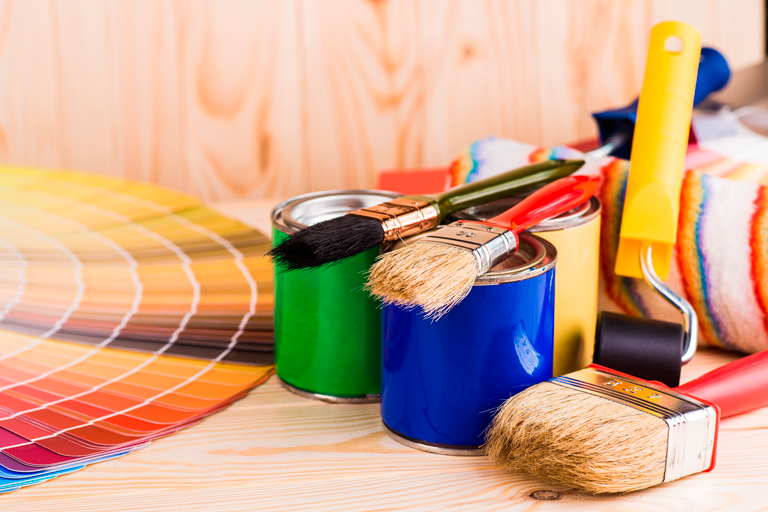Blog
July 17, 2023
July 17, 2023
What Is the Best Temperature to Paint Outside?

Sign Up For A Free Estimate Online Today, Or Call Us At 808-468-5604

Sign Up For A Free Estimate Online Today, Or Call Us At 808-468-5604

Sign Up For A Free Estimate Online Today, Or Call Us At 808-468-5604


Sign Up For A Free Estimate Online Today, Or Call Us At 808-468-5604

Sign Up For A Free Estimate Online Today, Or Call Us At 808-468-5604

Sign Up For A Free Estimate Online Today, Or Call Us At 808-468-5604

Sign Up For A Free Estimate Online Today, Or Call Us At 808-468-5604
Sign Up For A Free Estimate Online Today, Or Call Us At 808-468-5604


Written By:
Karl Van Zadnt
Our Recent Posts

Preparing Walls For Painting After Wallpaper Removal: What To Do and How To Paint?
Preparing wallpapered walls for painting requires fully removing the wallpaper, but stripping wallpaper to paint walls can feel like a daunting task. However, with the right tools and knowledge, you can have that old wallpaper off your walls in no time.
Read More



Best Paint Colors for Small Rooms Guide 2022
Small spaces can leave us stumped, desperately hunting for ways to make the room look larger and more welcoming. While some people swear that the best wall color for small spaces is a light, bright, and often white shade, others promise that a deeper, darker shade will add just the dose of depth your room needs.
Read More



Best Paint Colors For Selling a House in 2022
So, you’ve decided to sell your home - one big decision done! Now, it’s time to update your home to make it extra appealing to new home buyers, and this starts with a fresh coat of paint. To update your space from daily wear and tear, we rely on paint to create a clean canvas anyone can imagine making their own.
Read More








